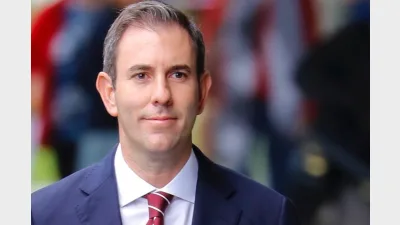MySuper an appalling prospect, says expert
An industry commentator at the Australian Institute of Superannuation Trustees super insurance symposium has hit out at the “mediocrity” of MySuper, labelling its acceptance of current super insurance cover “appalling”.
Speaking on a panel at the symposium, Carol McKelson-Timmins, the chief operations officer of Health Super, said she was “philosophically, greatly opposed” to MySuper’s acceptance of the current inadequate insurance cover of super fund members.
“When MySuper came out I can’t tell you how appalled I was to see the giving in to mediocrity, the mediocrity that says it’s okay to let these people not have enough cover, to let them go into a situation where if they have an accident, their loved ones won’t have enough left,” she said.
Health Super has a huge preponderance of women, many divorced, many in their mid 50s and carrying burdens, and the number of them who are under-insured is appalling, despite the super fund’s best efforts, McKelson-Timmins said.
Allowing funds to cross subsidise will help them with ongoing education of their members about insurance needs, and there are very practical things super funds can do to help customers assess their own worth and get insurance, she said.
Making clients realise about their own under-insurance was part of furthering financial literacy, she said.
McKelson-Timmins warned that any continued downward pressure on insurance premiums would lead to margin squeeze on life insurers, and if there was a deterioration in claims, it would create a large margin squeeze on insurers.
“It’s my view that some of this is not sustainable in the market,” McKelson-Timmins said.
“Whether we like it or not, we are in the not-for-profit sector and the insurers are in the opposite sector, they have shareholders, they must make a profit after tax and returns to the shareholders.”
Any more downward pressure would force a price increase for insurance, she said.
Recommended for you
The major changes to the proposed $3 million super tax legislation have been welcomed across the superannuation industry.
In holding the cash rate steady in September, the RBA has judged that policy remains restrictive even as housing and credit growth gather pace.
A new report warns super funds must rethink retirement readiness as older Australians use super savings to pay off housing debt.
An Australian superannuation delegation will visit the UK this month to explore investment opportunities and support local economic growth, job creation, and long-term investment.









